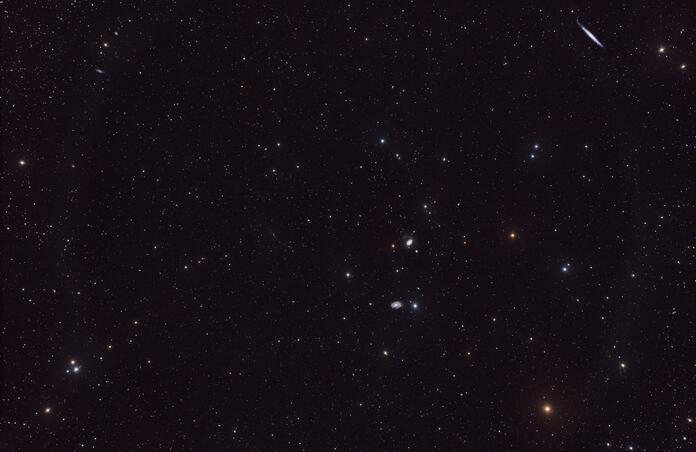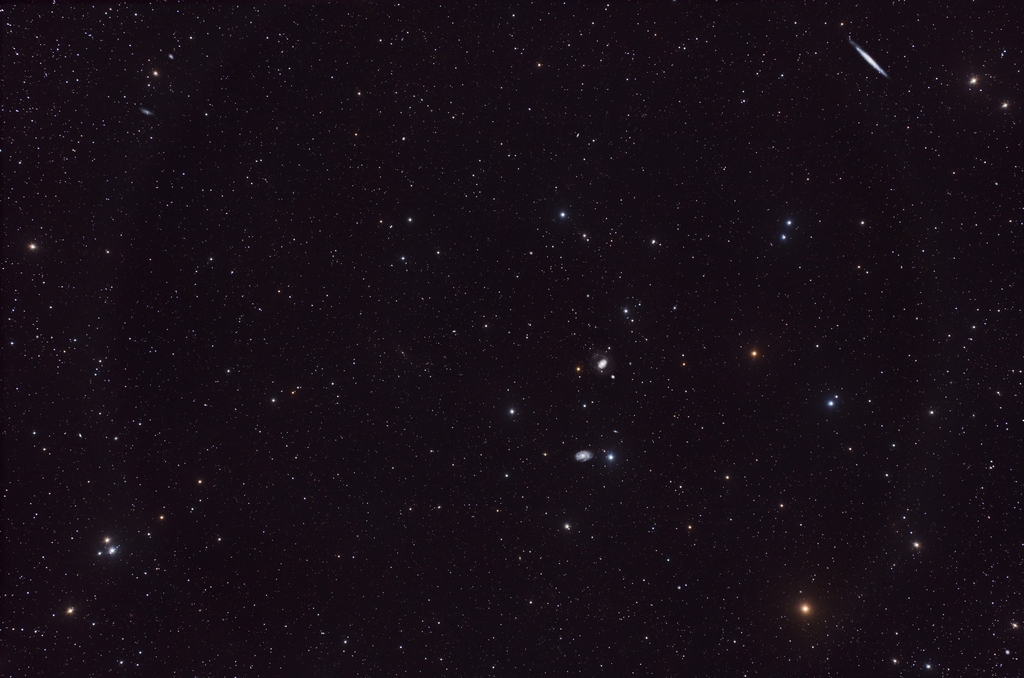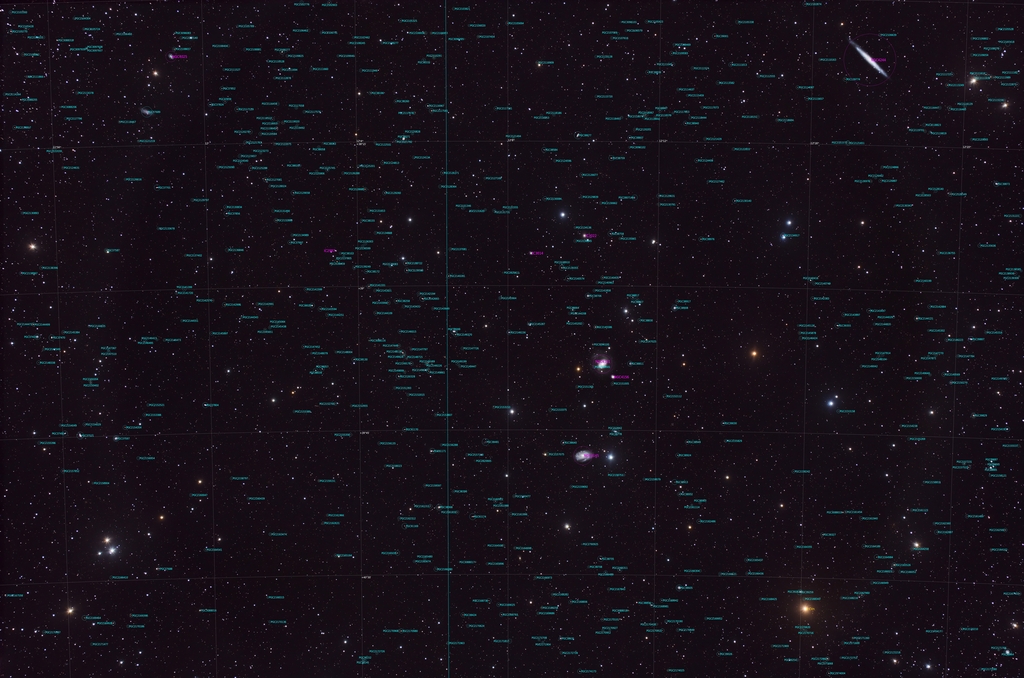The Catalogue of Principal Galaxies

When we plan our astro observation or imaging targets, many of us use one of the several planetarium software packages or apps available to us, such as Sky Safari, Starry Night or Stellarium. As I’m flying around the universe using these simulation programs, I’ve run into a lot of objects that have the designation PGC. They are often very small, faint objects in the background of the larger Messier, NGC or IC listed objects you may be targeting. As it turns out, these objects are almost all galaxies and like just about every other object we’ve tagged, there is a catalog of these objects.
The Catalogue of Principal Galaxies (PGC), was first published in 1989. This catalog is based on the Lyon-Meudon Extragalactic Database (LEDA) created in 1983 at the Lyon Observatory in Lyon, France. Originally, this database was created specifically as a database of galaxies and each galaxy was assigned a specific identification number. This database now contains information on over 3 million astronomical objects of which about 1/2 are galaxies.
At some point, LEDA was merged with another Lyon Observatory created database called Hypercat. The goal of Hypercat was to be a reference with information on the study of the evolution of galaxies. The merged database is known as HyperLEDA.
To give you an idea of the number of objects involved, here is an image of NGC 4151 and NGC 4244. Both galaxies are roughly 14 million light years away; you’ll note several other fainter galaxies in this image.

When you do an annotation of this image (below), you’ll note the many objects listed in blue. These are all PGC catalog numbers and you could be forgiven for thinking all of these objects were originally stars. They’re pretty much all galaxies at great distances from our own galaxy.

Clear skies...
Astro Image Credits:
NGC 4151, NGC 4244; Telescope Live 1-Click Observation Data, Processed using PixInsight by Reggie Jones
